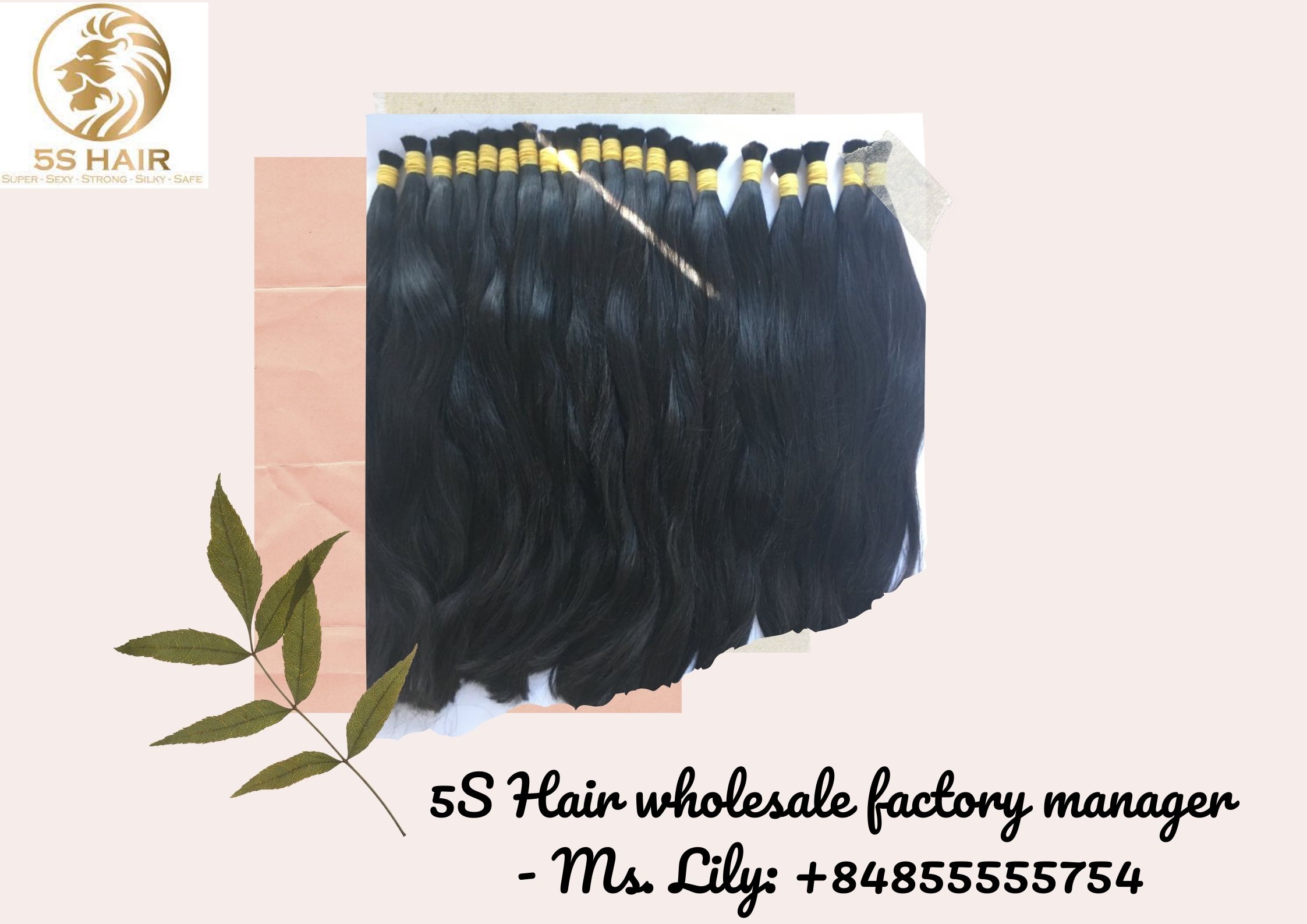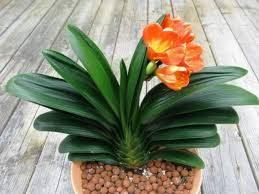The 3C hair type: Everything you need to know about caring
Curly hair with a lot of strands grouped together creates volume and structure in the shape of 3C hair. Since 3B and 4A were the only types between them on the chart, it was decided that 3C should be created to fill the space.
3c hair type definition
Three-dimensional curly hair (also known as 3C hair) has the highest density of all curly hair types (or type 3 hair). Although 3C hair has the biggest volume, it is also the most susceptible to shrinkage issues (for truly curly hair, take note that Type 4s often have shrinkage problems as well). Hair loses length as a result of “shrinkage,” a form of curl pattern.

3c hair type definition
When hair is dried and stretched out, it might give the appearance of MBL (mid-back-length) instead of shoulder-length hair. In certain cases, shrinkage is expressed as a percentage of the original size. This means that when someone states that their hair shrinks by 50% after drying, it simply means that their hair contracts by 50%.
3c hair’s first appearance
These two hair types could easily be mistaken for one another because of their similar curly patterns (think 3B and up). When it comes to 3C hair, it can look like either 3B or 4A hair depending on how it’s styled.

3c hair’s first appearance
A corkscrew curl, on the other hand, is a more common term for this sort of hairstyle. The term “pencil” or “straw” isn’t always true when characterizing the diameter of this hair type’s curls. Hair types 2 through 4 tend to have a wide range of wave and curl patterns, so keep that in mind. Hair on the nape of the neck that is predominantly 3C with hints of 3B or 4A is not unusual.
Tips for caring for 3c hair strands
It’s impossible to define what constitutes beautiful. Not all 3C heads will respond well to the same program, it is possible to say. Your hair chemistry will influence how well a product or technique works (or doesn’t) and whether or not you can get away with certain treatments like a wash n’ go.

Tips for caring for 3c hair strands
This form of hair, like the majority of other natural hair types, has its own set of specialized care needs. Take into account the possibility that someone is a 3C, but they are also relaxing their hair! Even though relaxers are classed as 3C, they permanently affect the chemical composition of your hair. When it comes to hair maintenance, naturals and those who are relaxed with 3C hair will need a different strategy.
Determine how permeable you are.
When it comes to your hair type, porosity is a crucial factor to keep in mind. First determine your hair’s porosity before trying with different hair care routines and treatments. How effectively your hair maintains moisture depends on its porosity.

Determine how permeable you are.
The porosity of a person’s skin also has an effect on how well wavy or curly hair retains moisture. Patricia G. Williams, a brand educator for Creme of Nature, points out “As important as determining your hair’s texture is determining the porosity of your hair when purchasing hair care and styling products. Product performance is influenced by whether your skin is porous or not.”
There are three levels of porosity: high, medium, and low. Moisture is difficult to retain in hair with an open cuticle structure (high porosity). It’s easier for medium-porosity hair to retain moisture because the cuticles are regularly aligned. Because of its capacity to retain moisture, this type of hair is commonly referred to as “normal.”
Low porosity hair, unlike high porosity hair, has firmly aligned cuticles, making it more resistant to moisture. Consequently, it is difficult for moisture to penetrate the hair shaft. All you need to know about porosity is this one-minute exam.
Determine your breathing capacity.
People of all hair types should be aware of porosity, which affects both straight and wavy hair. To find the correct regimen and treatment for your hair, you may have to spend more time testing if you don’t know its porosity. Hair porosity refers to the hair’s capacity to retain moisture.

Determine your breathing capacity.
Those with naturally curly or wavy hair may have a harder time managing their hair’s moisture levels if they have a high porosity level. Patricia G. Williams, a Creme of Nature trainer, says that “When choosing products for your hair care and styling routine, both porosity and texture are important considerations. Certain products will work better for you based on whether or not your skin is porous.”
The higher the porosity, the better; the lower the porosity, the worse. Moisture is easily lost from hair with a high porosity because the cuticles are exposed. The consistent alignment of the hair’s cuticles makes it easier to maintain moisture in hair with a medium porosity. Hair with medium porosity, which retains moisture well, is commonly referred to as “normal.”
As with high porosity hair, the cuticles of low porosity hair are closer together, making it difficult to retain moisture. Because of this, moisture is unable to penetrate the hair shaft. A substance’s porosity can be determined in under a minute with this simple one-minute test.
When handling your hair, be careful.
Curly hair has been linked to an increased risk of breakage. Naturals know what it’s like to have a bad thought tearing through your hair like you’re getting revenge on an enemy. However, detangling is an exception to this rule, as it is thought that moist hair is more fragile than dry.

When handling your hair, be careful.
In order to get the most out of a detangler or conditioner, make sure your hair is completely saturated with it. You’ll need an additional product to make untangling knots and tangles easier. To prevent further knots, use a wide-toothed comb or your fingers to detangle your hair.




